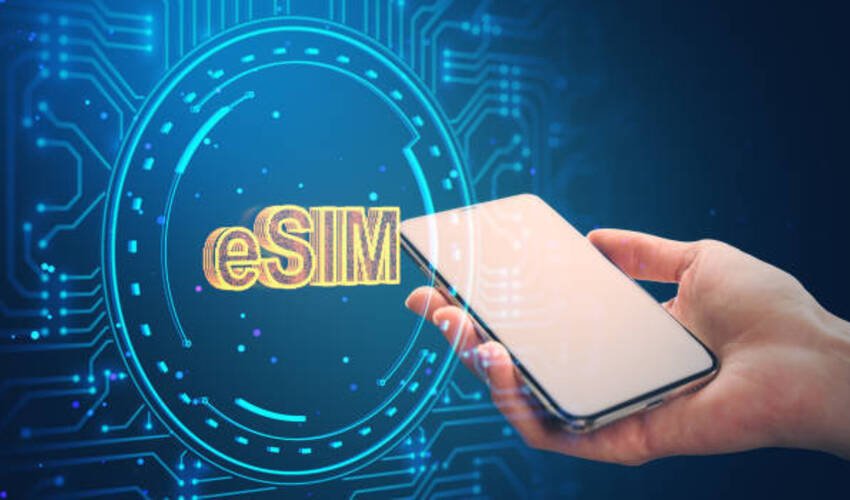Machine Learning and Artificial Intelligence (AL) are key drivers for innovation and growth in all sectors, even the education sector. In the next three years, AI will be available in nearly 47% of learning management software.
AI-powered solutions have been in existence for a long time in the EdTech market. These solutions have not yet been widely adopted in the sector. However, the pandemic has dramatically altered the landscape, forcing students and educators to rely more upon technology for virtual education. 86% consider technology a crucial part of education. AI can improve learning and teaching. This will make it possible for both students and teachers to improve their education.
AI Benefits for Students
Students want to earn a diploma or degree that proves their skills. AI can simplify the learning process for students and assist them in reaching this goal. AI can greatly impact students’ educational journey, giving them better access to courses, improving communication between instructors, and allowing students to spend more time on other aspects. These are some examples of AI’s impact on education.
Personalization
Personalization is an important trend in education. AI has made it possible for students to create their learning programs according to their personal preferences and past experiences. AI can adapt and learn from students’ learning styles, abilities, and learning goals. This allows students to get the most of their education. AI-powered tools are able to analyze student learning and identify areas of weakness, helping students find the best courses. This offers personalized learning opportunities.
Available tutors
It is not unusual for students to need additional help outside of class. However, not all teachers have the time. This results in lower performance. Sometimes, it is necessary to use IBuyEssay.com or ask friends for assistance. Chatbots or AI tutors will be a great solution in these cases. AI tools can be used to help students sharpen their skills or improve their weaknesses. They enable one-on-1 learning without the need for a teacher and are not available 24 hours a day. A chatbot that is powered by AI can answer students’ questions within 2.7 seconds.
Quick Answers
There’s nothing worse than asking a question only to have it answered three days later. Professors and teachers are often confronted with the same questions over and over again. AI can be used for students to quickly find the answers that they need using conversational or support automation. This reduces the time spent searching for answers and waiting for responses by educators.
24-hour access to learning
AI-powered tools let them learn anywhere, at any time. Each student learns at their own pace. Students have access 24/7 to the information they need and can explore any topic that interests them without waiting on an educator. Students can get top-quality education without the need to travel or live overseas.
AI Advantages for Educators
Professors and teachers won’t be ashamed to confess that they have difficulty managing their time. It is easy to understand why, given the number of tasks that are on their daily agendas. Teachers would like to be able to teach more students and do more research. However, their abilities to do this are limited. AI can save teachers time by automating tasks. It also analyzes student performances and closes the educational gaps. Here’s how.
Personalization
AI can personalize the learning experience of students just like AI can for teachers. AI can provide teachers with an accurate picture of subjects and lessons that require reevaluation by analyzing students’ learning patterns and histories. This analysis allows teachers and students to create the best learning program. This analysis allows professors or teachers to tailor their courses to the needs and interests of each student, so they don’t fall behind.
Answering common questions
AI-powered chatbots are able to access the entire knowledge base at a school and answer students’ frequently asked questions without needing faculty involvement. AI removes the educator entirely, allowing them the freedom to devote their time to lesson planning and curriculum research, as well as student involvement.
Task automation
AI has the power and efficiency to automate many tedious tasks, including administrative work, marking papers, or assessing learning habits. It can also respond to general questions and answer general queries. The survey revealed that 31% of teachers spend more time planning lessons than grading tests. The support automation tools are able to help teachers automate manual procedures, giving them more time and energy to teach core competencies.
Edtech has experienced a tenfold rise in popularity over the last ten years. AI plays an important role in helping teachers as well as students to automate learning tasks and improve their teaching. As the AI market grows, innovations will lead to improvements in learning outcomes.
Read Dive is a leading technology blog focusing on different domains like Blockchain, AI, Chatbot, Fintech, Health Tech, Software Development and Testing. For guest blogging, please feel free to contact at readdive@gmail.com.





